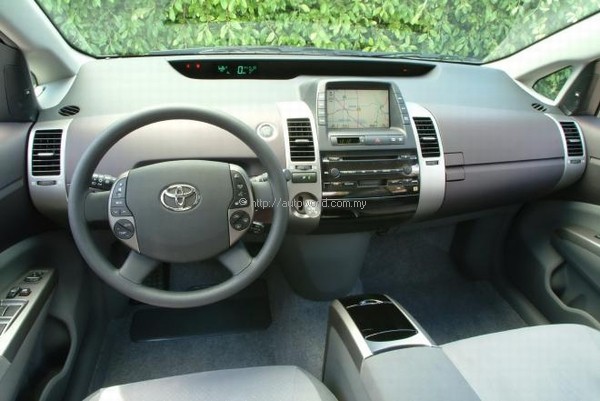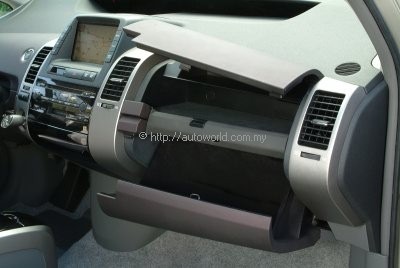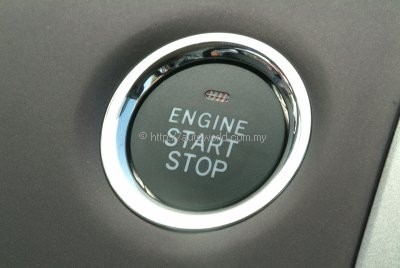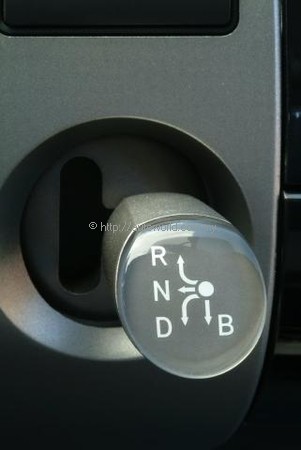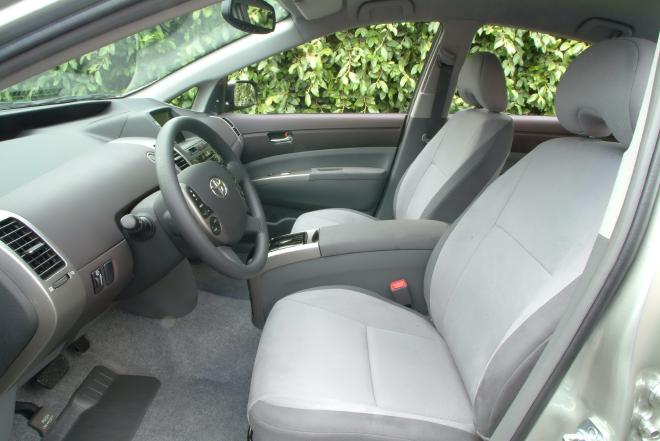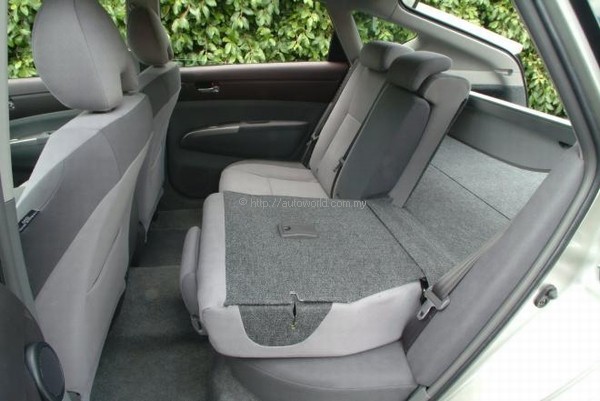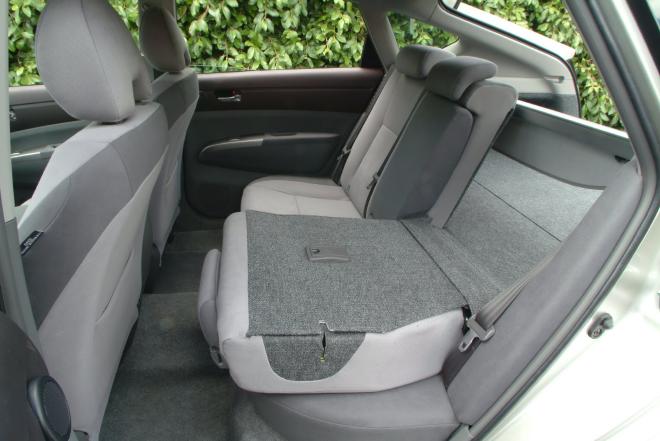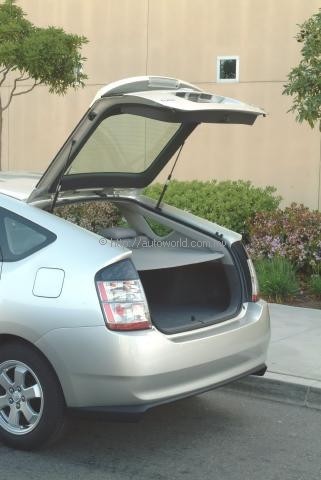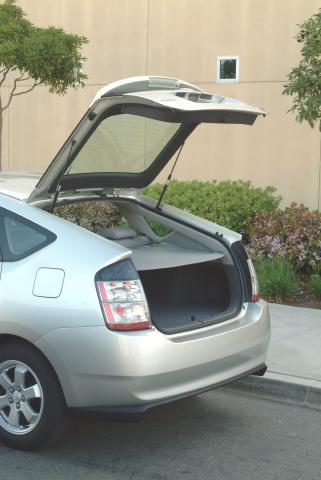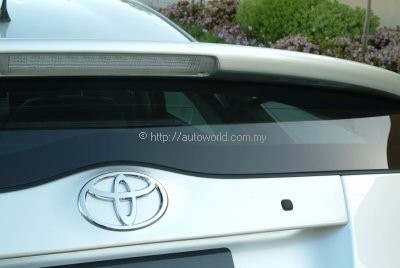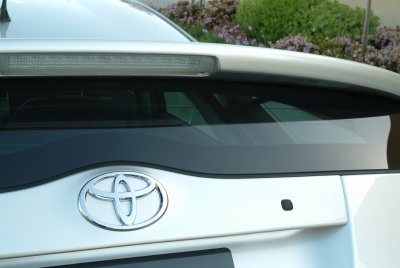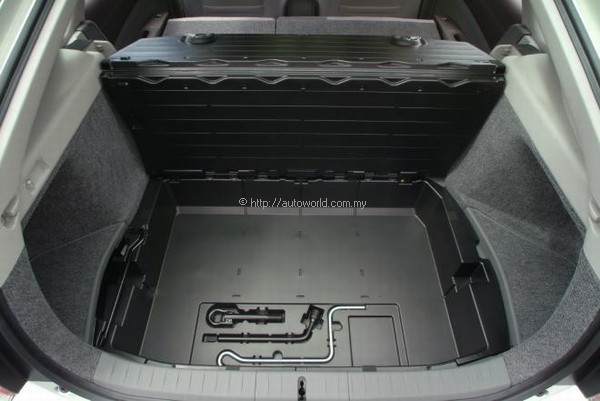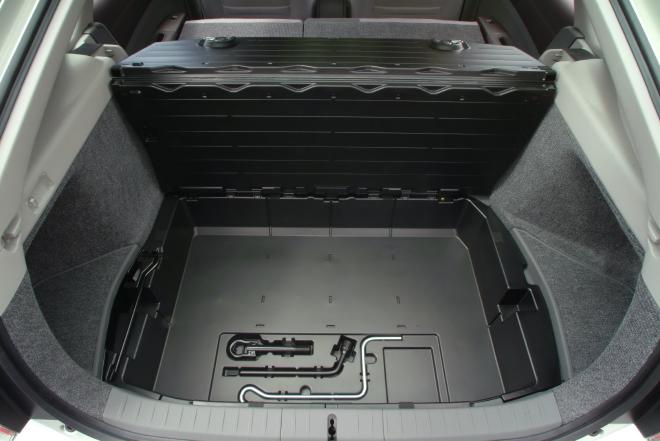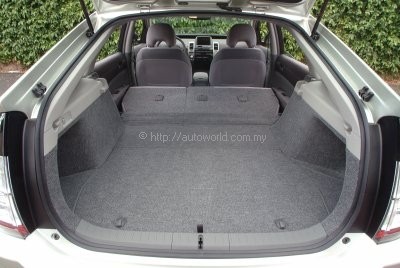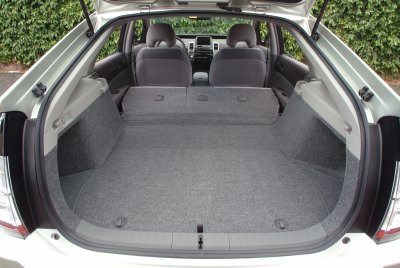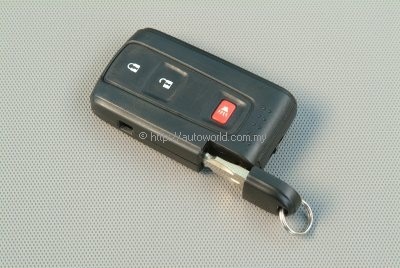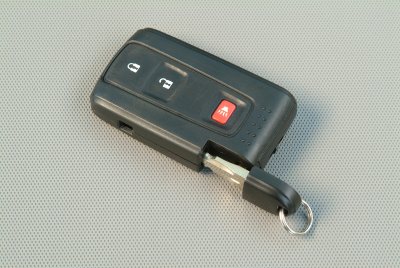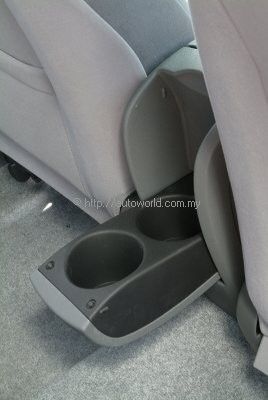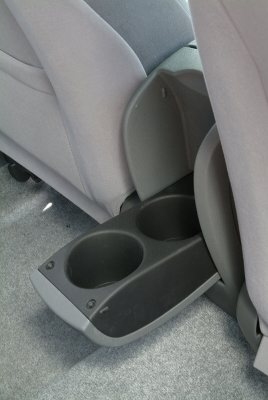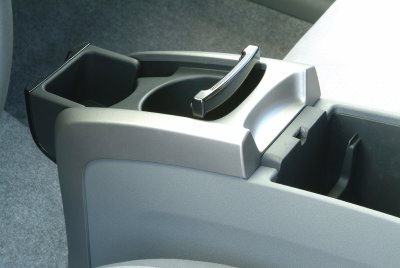New Prius Page 2
The latest Prius is ahead of its time in many ways – to the extent that Toyota describes it as ‘probably the most sophisticated car ever to be seen on the road’. Its sophisticated, leading-edge hybrid power system is only the tip of a technological iceberg that embraces all aspects of the car, from its structure through to its dynamics, safety and man-machine interface.
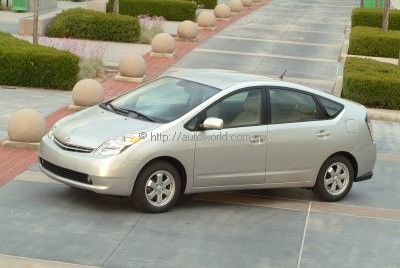 |
Many of the new technologies in the Prius – some unique to this car and a world first – have been enabled by Toyota’s bold move to redefine the vehicle’s powertrain and electrical architecture. The higher voltages created by the batteries and converter have enabled Toyota’s engineers to equip the Prius with a far larger suite of ‘drive-by-wire’ technologies than has previously been seen in a production car.
Developed from aerospace technology, drive-by-wire offers numerous advantages to the vehicle engineer once they have a power source to fully utilise it. Drive-by-wire is lighter and more compact as it doesn’t rely on mechanical or hydraulic links, or a combination of both technologies, to actuate a system. It is also more compact, thereby freeing up space for improved packaging within the cabin and luggage area.
Drive-by-wire reacts in milliseconds, enhancing braking, throttle response or quick shifting. It also allows different systems to interplay with each other – for instance, steering, braking and throttle – and come into play to assist the driver in avoiding an accident.
Combined with the THS II powertrain, other advanced technologies contribute to the impressive fuel efficiency of the new Prius. Hybrid vehicles following the Hybrid Synergy Drive philosophy will be the first in the world to rely on an entirely electric and electronic active safety package, including electric power steering, the world’s first by-wire braking system with an entirely electric system.
ABS, EBD and VSC are also there and operate through a totally electric/electronic circuit. A central electronic brain also coordinates all these systems in order to create a perfect synergy among them. This will allow all the active safety systems, including the electric steering, to act as one when a dangerous situation occurs. This is only possible with the use of a second-generation VSC system which, for the first time, integrates the control of the electric power steering system.
Through the use of totally electric systems it is possible to achieve a much quicker reaction time by dismissing the traditional hydraulic circuit for brakes and steering assistance, which will prove to be crucial to avoid accidents in particular occasions. The adoption of a totally electric braking system (an evolution of the original ECB system from Estima Hybrid) also improves the overall efficiency of the hybrid system by allowing superior energy recuperation through regenerative braking. Although the 1st generation Prius already had a regenerative braking system, the new by-wire application allows a higher energy recuperation.
With safety as one of the foremost concerns amongst vehicle producers, it isn’t, perhaps, surprising to learn that Toyota’s engineers have taken full advantage of the Prius’ new electrical architecture to maximise the car’s safety envelope, and the best way of extending that is to prevent an accident in the first place. As well as ensuring the car has first class chassis dynamics, thanks to the suspension developed from the MacPherson struts of the Avensis at the front and the Corolla’s torsion beam rear set-up.
Besides the Prius wide track and long wheelbase, Toyota has augmented the Prius with a host of electronic guardian angels. The use of aluminium components for the brakes and suspension successively decrease unsprung weight, benefiting handling and comfort.
Whilst safety and vehicle dynamics might be hidden assets in the new Prius, there are plenty of other, more obvious benefits derived from the new electrical architecture. For instance, there is a keyless entry system augmented by a push button smart start, which reduces the incidence of car theft. As the driver reaches for the door handle, an on-board sensor will recognize the signal from a key in his pocket and automatically unlock the doors. Since the driver has already been security-cleared to enter the vehicle, he can leave the fob in his pocket, push a start button located on the dash, and drive away.
One of the issues with electric vehicles has been the air-conditioning system and how to keep the cabin cool if the engine has an auto-stop feature to reduce fuel consumption during long idle times. Conventional air-conditioning systems are belt-driven from the engine, which has a number of drawbacks. Irrespective of how efficient the system is, it draws power from the engine to the detriment of fuel consumption and emissions. Moreover, it is inefficient when the engine is idling, for instance during traffic queues, demanding the engine to be speeded up to maintain the pre-set cabin atmosphere… at the expense of fuel consumption.
Powering the air-conditioning from a constant power supply, independent of the engine would eliminate all these drawbacks. Having this in mind, Toyota developed a new air conditioning system with unprecedented technology. The system is described as ‘a unique electric inverter air conditioning system’ which, instead of running off the fan belt, is fully electrically-operated. Not only does this improve fuel efficiency, it also ensures passenger comfort, even when the petrol engine is off and the car is being propelled only by the electric motor.
Drivers might also be intrigued by the illuminated Shift-by-wire gear change which looks and feels more like a control from a computer game console but, because of that it frees up more space within the dashboard and its positioning makes it extremely practical for the driver. The electronic throttle-by-wire also reduces the driver’s pedal effort by automatically detecting and correcting ascents and descents irrespective of the vehicle’s load and adjusting or retaining the correct acceleration irrespective of the vehicle’s load.
Looks-wise, the new Prius has dramatic and distinctive aerodynamic styling. With its triangular monoform shape, it is a dramatic visual departure from the original Prius. The styling has made a significant contribution to aerodynamics, and at 0.26 Cd, it is certainly among the lowest on the planet. Some of the ways this ultra-low Cd has been achieved is through a smaller frontal area and a unique shape for the roof as well as a smooth underside.
The new bolder design is the wrapping for a much larger package with an entirely new platform. Although its wheelbase is nearly 300 mm longer than the original Prius, it retains a relatively short overall length, casting a shadow only slightly larger than the current model.
What is not so obvious from the outside is its significantly larger midsize interior. The designers were able to achieve this by configuring Prius as a 4-door liftback. Not only does this layout work well with the vehicle’s slipstream styling, the rear liftback and fold-down rear seat combine to offer a new level of cargo hauling flexibility.
Despite its increase in size and the addition of many new technical features, the weight of the new Prius has barely increased compared with the previous one, thanks to extensive use of aluminium for the bonnet and fifth door, front and rear bumper reinforcements, brakes and suspension components, plus a lightweight plastic fuel tank.
Whilst the new car is instantly recognisable as an evolution of the original Prius it is bigger in every respect, assuming itself as a true midsized car: at 4445 mm overall length, it is 135 mm longer than its predecessor. More significantly, the wheelbase has been extended by 150 mm over the old car to 2700 mm thus maximising cabin space for the passengers.
Speaking at the world premiere of new Prius in New York recently, a Toyota executive said: “When the all-new Prius arrives… it will exceed all expectations, marking the arrival of hybrid technology into the mainstream consumer mindset. Furthermore, the debut of the Toyota Hybrid Synergy Drive system will represent a major breakthrough in global-friendly powertrain technology.”
As for the sale of the Prius in Malaysia, the issue remains one of how much it will retail for. Due to the present tax regime where imported models are heavily taxed (starting from 140%), the retail price of a Prius would be far too high and would not be popular in the way that Toyota would like it to be. The last time a calculation was made in 1999, the price was estimated to be in the region of RM200,000.
Toyota and Honda have attempted to sell their hybrid cars in Thailand and Singapore in the past year but so far, less than a handful have been taken. Singapore’s government offered some incentives to buyers of such cars but the incentives are still inadequate.




